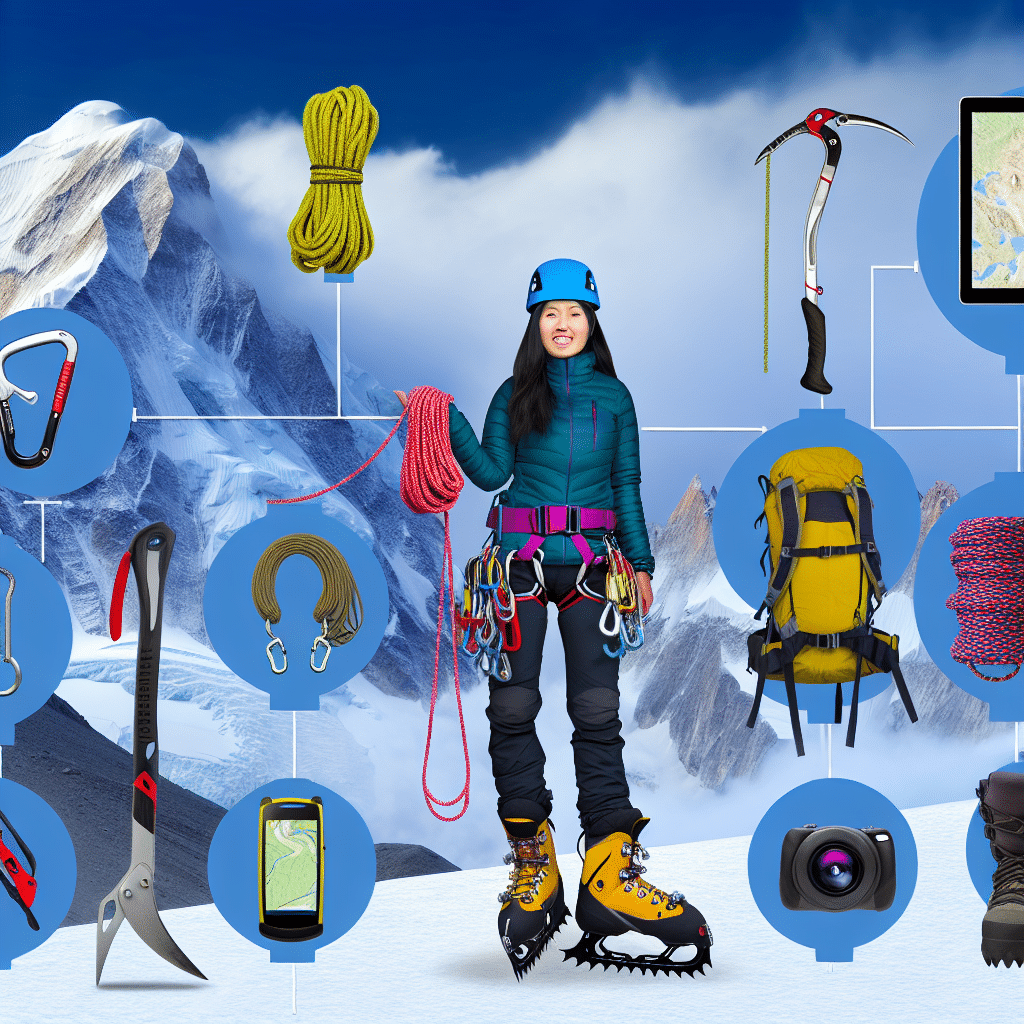It may be “summit fever,” a desire for a fresh challenge, or a reasonable next step. Nearly every hiker at some time in their hiking history wonders if they should (or might) step it up and go into mountaineering.
Instead of hiking, what does it require to become a mountaineer? And how can you approach climbing your first significant mountain peaks? We’ll address the abovementioned questions in this article on mountain climbing for novices and offer further information on strengthening the technical abilities required to navigate increasingly challenging and vertical terrain.

What every beginner should know about outdoor mountain climbing
Imagine this: You’ve invested many hours honing your climbing techniques indoors. When you’re prepared, you want to climb outdoors finally, but you don’t know how to begin. Going from indoor to outdoor mountain climbing involves a high learning curve, but the breathtaking views are well worth it.
However, there are several fundamentals that every climber should be aware of when mountain climbing. These include
- Being aware of your surroundings
- Understanding where and when to stand or sit
- Being able to see other climbers
- Communicating
- Being aware of how to descend
Having Mountain Awareness
Before leaving, the first step is to familiarize yourself with the region and routes. When you get there, you need also be mindful of your surroundings, taking note of any drop-offs that may be nearby and knowing where to position yourself to ensure your safety from any climbers who may be above. Additionally, before beginning your first route, observe where it goes and review key sequences by observing others who went before you.
This isn’t the gym where everyone needs to pack together because mountains frequently have to be shared with other groups. Split from other groups and keep conversation minimal to avoid interfering with others’ enjoyment. Avoid dumping your gear on other people’s belongings.
Clear Communication is critical
Many mountain climbing orders have similar sounds, and some phrases have contradictory meanings. For example, the term “off” can refer to either “off belay” or “falling off,” which implies retaining a solid grip on the rope and getting ready to stop a fall. When a climber reaches the ground, make a strategy, so everyone knows what to anticipate.
This includes talking about the route length, highlighting anything special about it (such as traverse or major runouts between protection), and describing the strategy once the anchor is attained.
Additionally, decide beforehand whether the lead mountaineer will rappel or drop off to the ground. Adding the climber’s (or belayer’s) name when yelling orders helps to make it clear who is speaking on busy crags when there are contending teams for air space.
Having an Exit Strategy
It’s common to feel euphoric at the top of a climb, whether a one-pitch or multi-pitch expedition. Everything is intensified up there: the landscapes are greater, the air is sharper, and the fragrances of the surrounding environment are more pronounced. However, reaching the pinnacle is only half the battle.
All your equipment must be returned with your personal anchor system slings. Allows climbers to remove their gear from the bolts before directly descending or rappelling down the wall.



